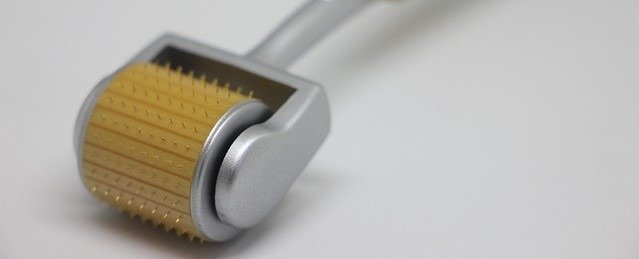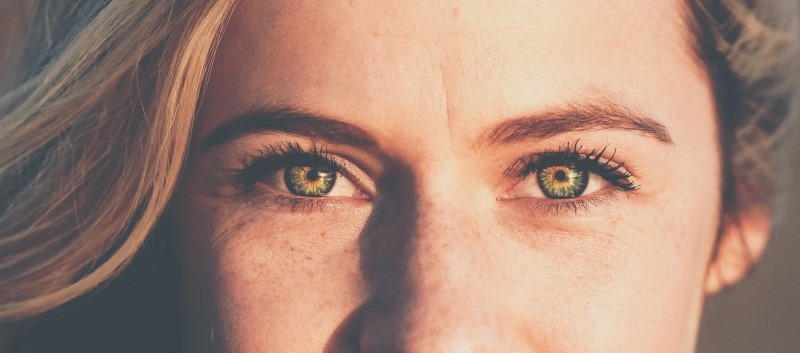“Baby Botox” has been cropping up on a lot of beauty and celebrity news sites as of late. What is it, exactly? Basically, Baby Botox refers to the use of a lower volume of Botox than a traditional injection—as little as a quarter—to smooth fine lines and wrinkles. Both treatments use the same strength of botulinum toxin.
Technique is also critical. By being very precise in where you put the product, the injector is able to create the more natural, tailored look Baby Botox has become so coveted for.
The micro-doses also lower the risk, compared to standard-size injections, of your features appearing to be frozen (which, by the way, should be blamed on poor technique, not the procedure itself)—making Baby Botox an especially good fit for anyone who’s considering trying botulinum toxin or filler injections.
Curious? Here’s everything else you should know about before scheduling a consultation with a board-certified plastic surgeon.

Where it’s most effective
Baby Botox can be used almost anywhere on the face, but it’s ideal for delicate areas, like the crow’s feet, where a subtle treatment can prove to be more effective. A micro-dose of Botox probably isn’t going to have the desired effect on deep folds. So, focus on areas with moderate to fine lines.
The understated nature of this procedure also makes it a good fit for those hoping to prevent fine lines and wrinkles in the first place.
And, it’s not just the face that stands to benefit. Baby Botox can also be used to lift the neck, tighten the décolletage, and prevent sweating under the arms.
A new upkeep strategy
For those who’ve already had Botox injections, Baby Botox could be adapted as a new upkeep strategy. Rather than letting your injections totally wear off and getting standard doses at three- to six-month intervals, monthly Baby Botox injections that maintain your original look may be a better fit for your lifestyle.
Traditional Botox lasts around four to five months, while this new form of treatment lasts about three, though that can vary from person to person. Both procedures, however, work in the same way, initially paralyzing the targeted muscle and gradually re-educating them.
Even once the Botox wears off, it will take a little while for your muscles to start moving again as they once did. And with each subsequent treatment, that effect will become more pronounced, allowing you to stretch the time between injections a little further—or lower the dosage.






